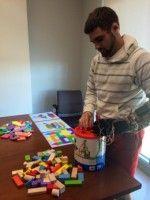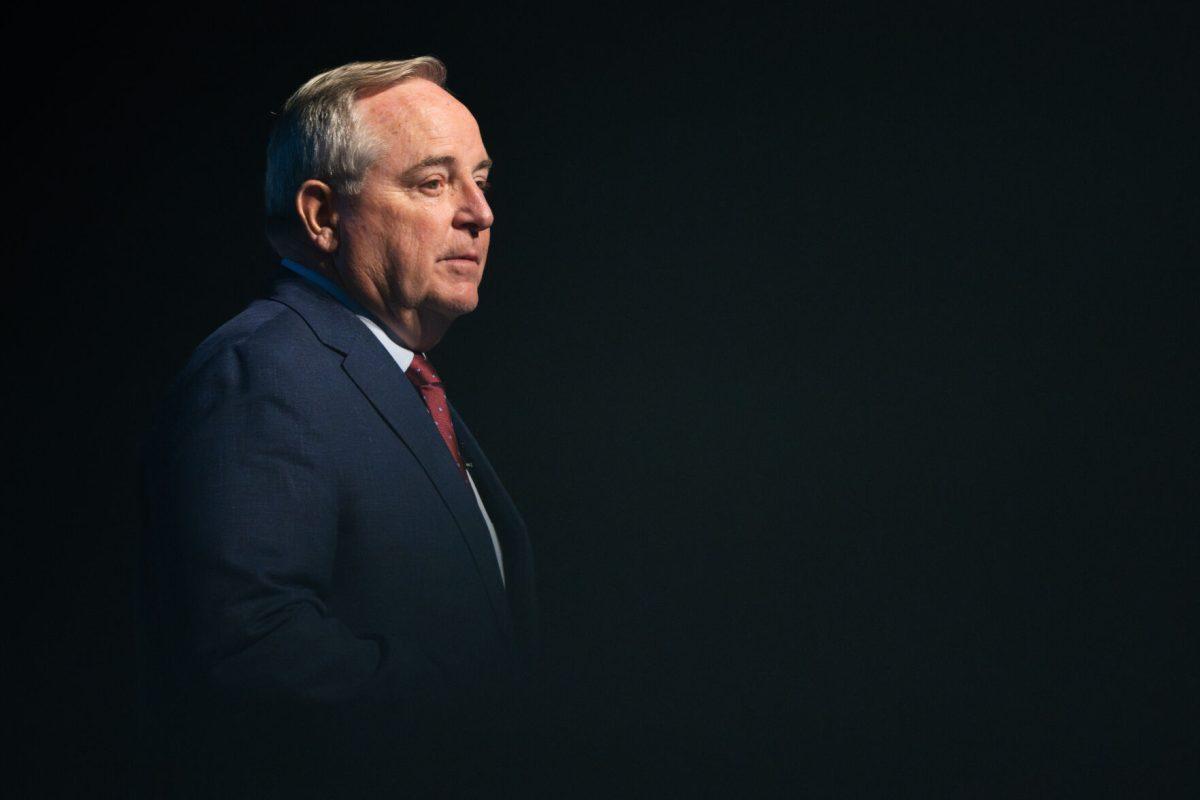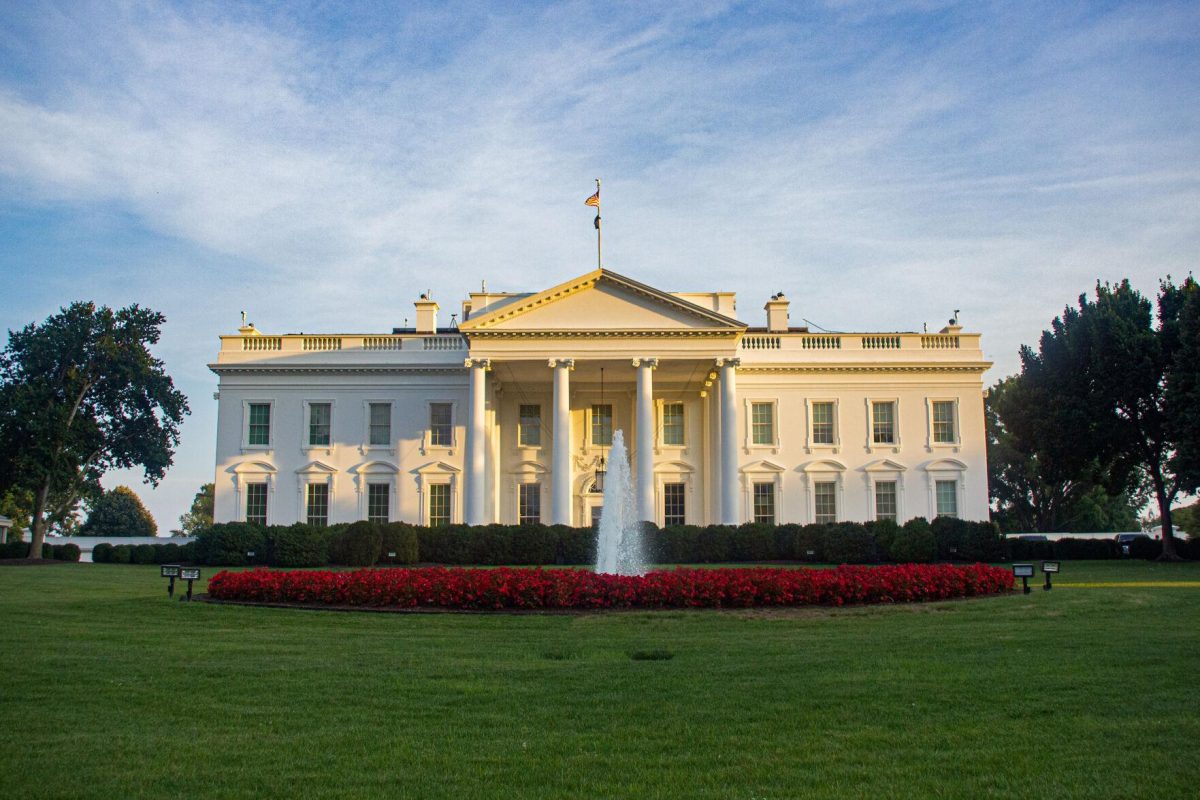For their senior design project, a group of eight engineering students from different disciplines are working on a virtual reality glove to be utilized while training future NASA astronauts.
Matthew Torres, senior electrical engineering major, said NASA is trying to build a virtual environment that will help astronauts get acquainted with their work environment – space.
“Our title for it right now is ‘virtual simulations’ and it involves creating a new platform to train astronauts at NASA,” Torres said. “Right now they build full-scale mock-ups of the environments in space that they train in and they are scaling it down to a virtual environment that is contained in a 12-foot dome.”
The team is composed of three electrical engineers, a computer engineer and four industrial engineers – twice the size of a normal senior design group. Senior electrical engineering major Ivan Gomez said NASA was initially asked for a way to interact with the virtual environment, but the group members decided to take it to the next level after speaking to their professor.
“Initially they wanted us to just have an environment that we would control with just keyboard input,” Gomez said. “We came back and talked to our professor and decided to take it a little bit further with the glove running and vibrating based on the signals that are inputted. Andrew [Butler] is working on using cameras to track the glove, so let’s say you touch a virtual object, then the camera would detect that this is where the object should be and then send a signal to the glove.”
The A&M group’s research aims to deliver a system above NASA’s initial request by introducing haptic feedback into the glove’s technology. Haptics, which focus on touch feedback, are present in everyday technologies ranging from touchscreen cell phones to videogame joysticks. Haptic feedback would enable an astronaut who uses the glove to be “aware” of simulated items he or she interacts with in virtual reality.
“So the glove has these vibrating motors at the end of each fingertip and as you interact with different surfaces the system sets off the motors,” said Andrew Butler, senior computer engineering major. “So if you were reaching out to touch a virtual wall you could actually feel that it was there.”
Along with student groups from across the nation working on similar NASA-related projects, the group will be presenting their glove at Lyndon B. Johnson Space Center in Houston Monday.
Madeline Brown, senior industrial engineering major, said they were given three different situations that their device would have to give haptic feedback responses to and that the group has been doing extensive testing to figure out what will work best.
“NASA had three scenarios for the haptic feedback for the mission simulations,” Brown said. “One was a structural object like walls or tables to let you know that you can’t go through it, buttons on a touchscreen or interface and then an object that you can pick up and manipulate.”
Senior electrical engineering major Quynh Nguyen said designing the glove is challenging since it is in a new field with no prior designs the group could use as a starting point.
“Since this a haptic glove it technically falls into the category of wearable technology, which is a relatively new field,” Nguyen said. “There is not a lot of background to go into, you can’t really look up circuits to put onto gloves or the best way to build an electronic glove. A lot of it has been kind of unknown, but I think that is the exciting thing about it.”
Student NASA design fits like a glove
April 15, 2014

0
Donate to The Battalion
$2840
$5000
Contributed
Our Goal
Your donation will support the student journalists of Texas A&M University - College Station. Your contribution will allow us to purchase equipment and cover our annual website hosting costs, in addition to paying freelance staffers for their work, travel costs for coverage and more!
More to Discover









